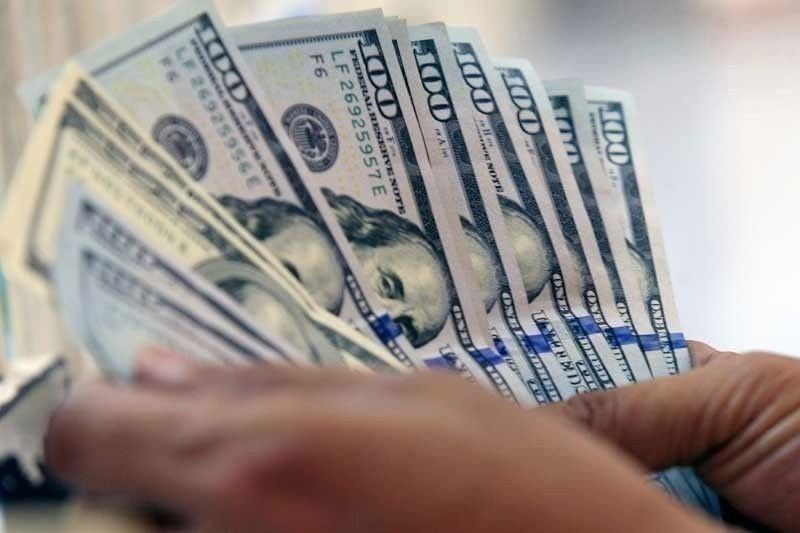BOP deficit swells to $5.5 billion in 8 months

MANILA, Philippines — The country’s balance of payments (BOP) registered a deficit for the fifth straight month with $572 million in August, reversing the $1.04 billion surplus in the same month last year, according to the Bangko Sentral ng Pilipinas (BSP).
This brought the cumulative BOP deficit to $5.49 billion from January to August, almost 22 times the $253 million shortfall recorded in the same period last year.
“Based on preliminary data, this cumulative BOP deficit reflected the widening trade in goods deficit,” the BSP said.
Last month’s shortfall was the smallest in four months, or since the $415 million deficit last April. The amount was also lower than the $1.82 billion gap in July.
“The BOP deficit in August 2022 reflected outflows arising mainly from the national government’s foreign currency withdrawals from its deposits with the BSP to settle its foreign currency debt obligations and pay for its various expenditures,” the central bank said.
The BOP is the difference in total values between payments into and out of the country over a period. A deficit means that more US dollars flowed out to pay for the importation of more goods, services and capital than what came in from exports, remittances from overseas Filipino workers (OFWs), business process outsourcing (BPO) earnings and tourism receipts.
Data from the Philippine Statistics Authority showed the country booked an all-time high trade deficit of $5.93 billion in July, 69.4 percent wider than the $3.5 billion shortfall recorded in the same month last year.
This came about as exports slipped by 4.2 percent to $6.21 billion, while imports jumped by 21.5 percent to $12.14 billion.
This translated to a 66.6 percent jump in the trade deficit to $35.75 billion in the first seven months of the year from $21.46 billion in the same period last year.
From January to July, exports inched up by 5.4 percent to $44.74 billion from last year’s $42.46 billion, while imports surged by 25.9 percent to $80.48 billion from $63.92 billion.
The BSP said the country’s foreign exchange buffer stayed below $100 billion as it further declined to a two-year low of $97.4 billion in end-August from $99.84 billion as of end-July, more than adequate external liquidity buffer equivalent to 7.8 months’ worth of imports of goods and payments of services and primary income.
The GIR level is also about seven times the country’s short-term external debt based on original maturity and 4.4 times based on residual maturity
Last week, the central bank’s Monetary Board further raised its BOP deficit forecast to $8.4 billion or two percent of gross domestic product (GDP), instead of $6.3 billion or 1.5 percent of GDP for this year, but slightly lowered it at $2.5 billion or 0.6 percent of GDP instead of $2.6 billion or 0.6 percent of GDP for next year.
Sittie Hannisha Butocan, director of the Department of Economic Research at the BSP, earlier said the projections were revised due to factors including the risks of further downward revision in global growth prospects, record-high inflation print worldwide, more aggressive monetary policy tightening by major central banks, continued economic slump in China, and lingering Russia-Ukraine war among others, are expected to broadly weaken global demand conditions as well as external sector of the Philippines.
“In particular, these are expected to moderate the growth in merchandise exports and, along with increased imports, will result in a further widening of the goods trade gap,” Butocan said.
The central bank is now looking at a slower growth for exports of goods at four percent instead of seven percent amid expectations of continued softening of global demand, persistent supply bottlenecks, and the rise in input costs.
The growth for imports of goods is seen accelerating to 20 percent instead of 18 percent on the back of elevated international commodity prices and increased import requirements given resumption in domestic economic activities.
For services, Butocan added exports are expected to grow at a faster pace of 14 percent instead of 11 percent and for imports at 14 percent instead of 13 percent.
- Latest
- Trending

























